21 Wild Animals in Montenegro [Wildlife in Montenegro]
Want to know more about wildlife in Montenegro?
Discover 21 wild animals in Montenegro in this post, as well as interesting facts about them. 🇲🇪
Learn All About Montenegrin Animals
Ready to learn all about Montenegrin animals?
I’ve always been fascinated by animals, and by how they can be so different from one country to another. In this guide, we’ll focus on the many animals Montenegro has on the land, in the sky, and under water.
I’ve split the guide into 6 categories:
- Native animals from Montenegro
- Endangered animals of Montenegro
- What is the national animal of Montenegro?
- How many animals native to Montenegro?
- Are there lions in Montenegro?
- Are there poisonous snakes in Montenegro?
Let’s dive in right away with our first category!
Native Animals from Montenegro
Montenegro is a European country located in the southeastern part of the continent, in the Balkans. It is one of the smallest countries in all of Europe, was part of Yugoslavia after World War I, and has an upper-middle-income economy. It is bordered by Serbia, Kosovo, Croatia, Albania, and Bosnia Herzegovina, and its capital and largest city is Podgorica, which counts more than 250,000 inhabitants, which is about 30 percent of the country’s total population, and covers 10.4 percent of its area!
An interesting part of the country that I wanted to tackle is its wildlife. In light of that, I have listed the best of it, and I hope you will love learning what animals live in Montenegro.
Here’s the Montenegro animals list.
1. Eurasian brown bear
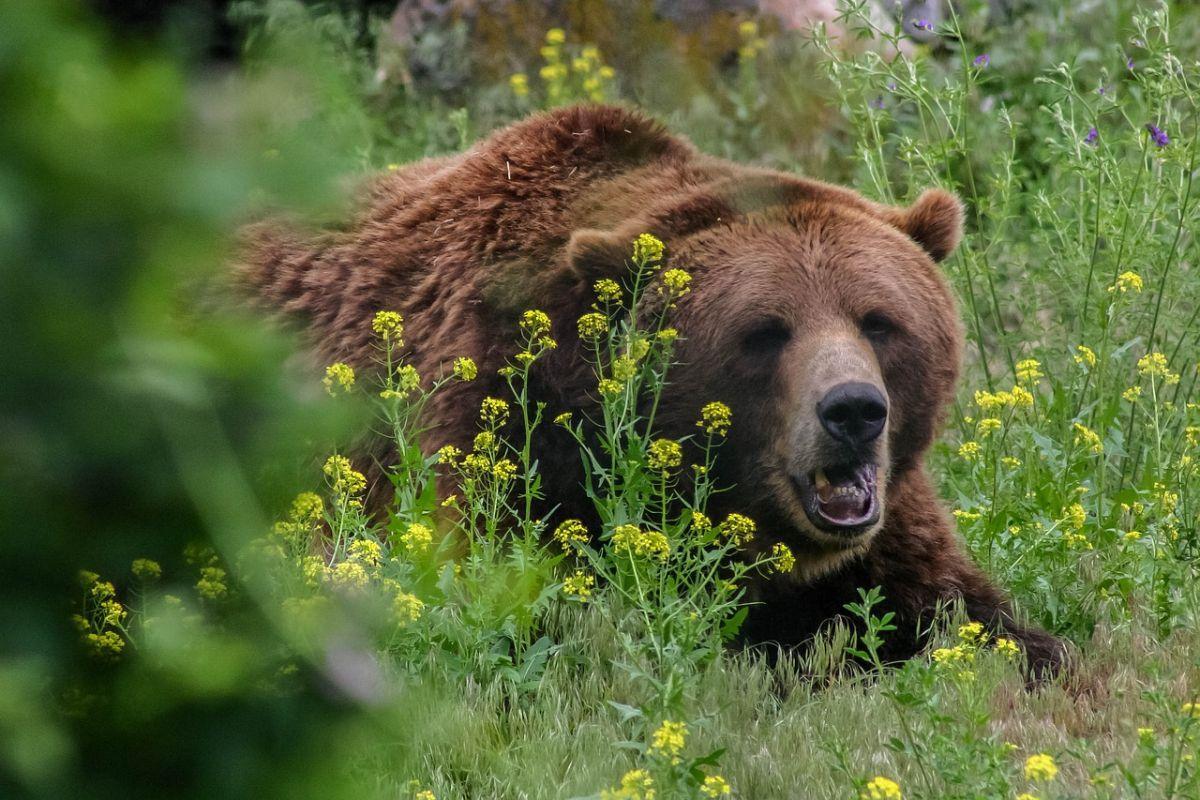
- Name: Eurasian brown bear
- Scientific name: Ursus arctos arctos
- Conservation status:
The Eurasian brown bear, also known as the common brown bear or the European brown bear is a large species of mammal native to much of Eurasia.
It is one of the most common and widespread subspecies of the brown bear, and it can be found in the forests of northern Montenegro, mainly in Biogradska Gora national park, but there are only fewer than 130 individuals living in the country.
2. Balkan lynx
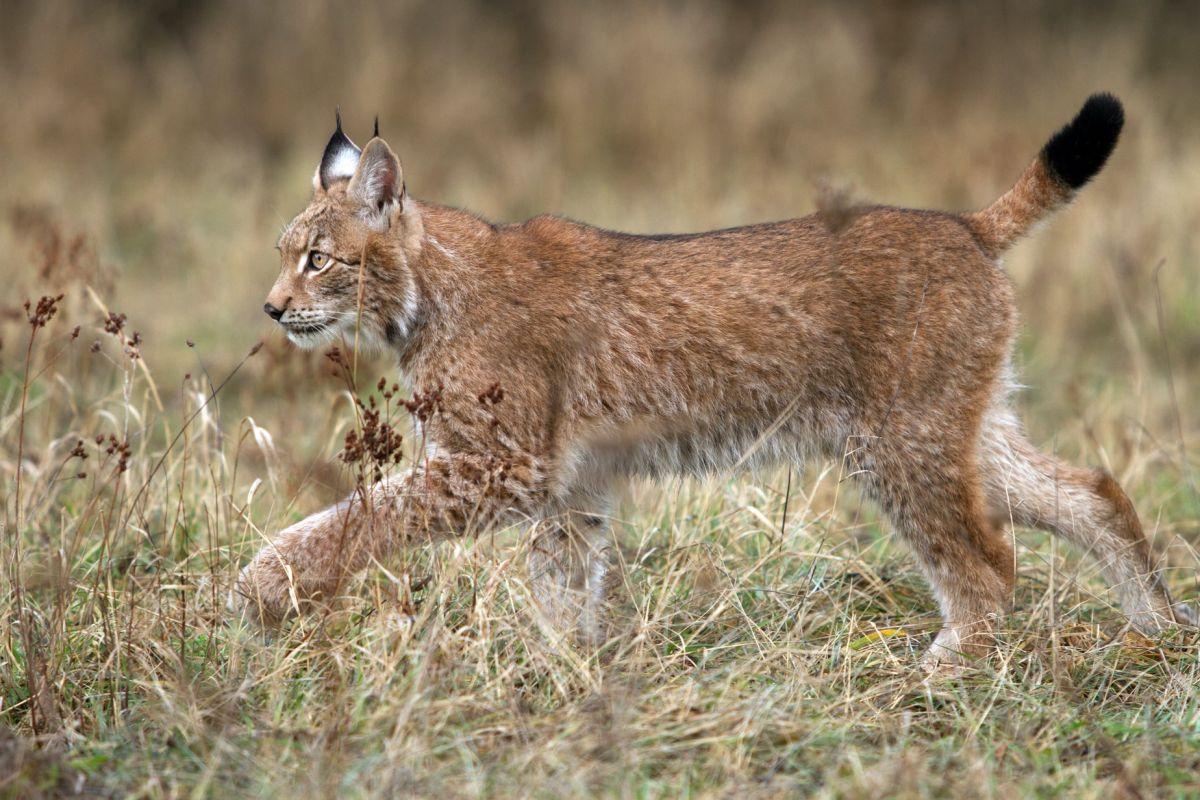
- Name: Balkan lynx
- Scientific name: Lynx lynx balcanicus
- Conservation status:
The Balkan lynx can be found in the same area as the Eurasian brown bear, in the virgin forest of northern Montenegro. However, opposite to the bear, it is extremely rare and on the brink of extinction.
Montenegrin populations are much smaller than their North Macedonian and Serbian counterparts, and this species as a whole has been on the brink of extinction for more than a century, with total numbers below 50 cats.
3. Golden jackal
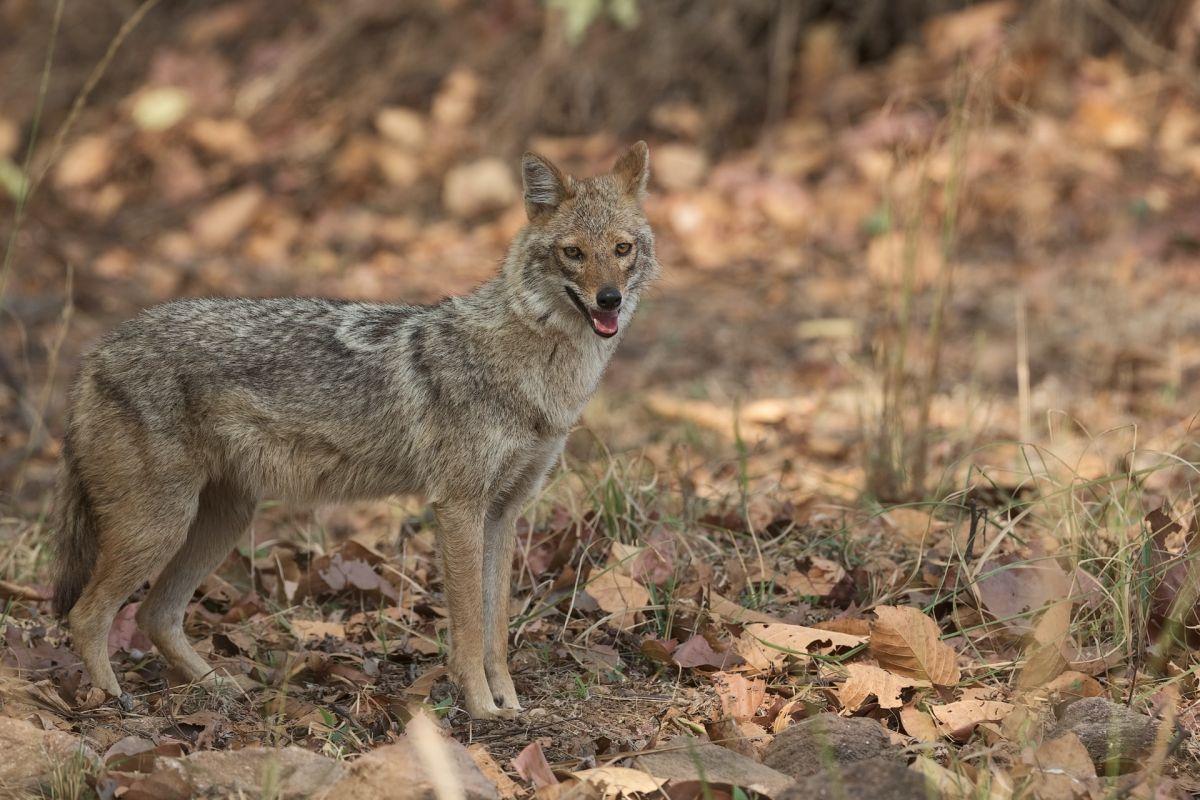
- Name: Golden jackal
- Scientific name: Canis aureus
- Conservation status:
The golden jackal is one of the most successful species of canid, especially in eastern and southeastern Europe. Its range has been growing slowly but steadily, and is now larger than ever, mainly due to the decline of the gray wolf in Europe, its main competitor.
This jackal is hunted in Montenegro, while it is protected in many other countries such as Germany, Italy, Poland, and Switzerland. There are about 70,000 golden jackals in Europe.
4. Red deer
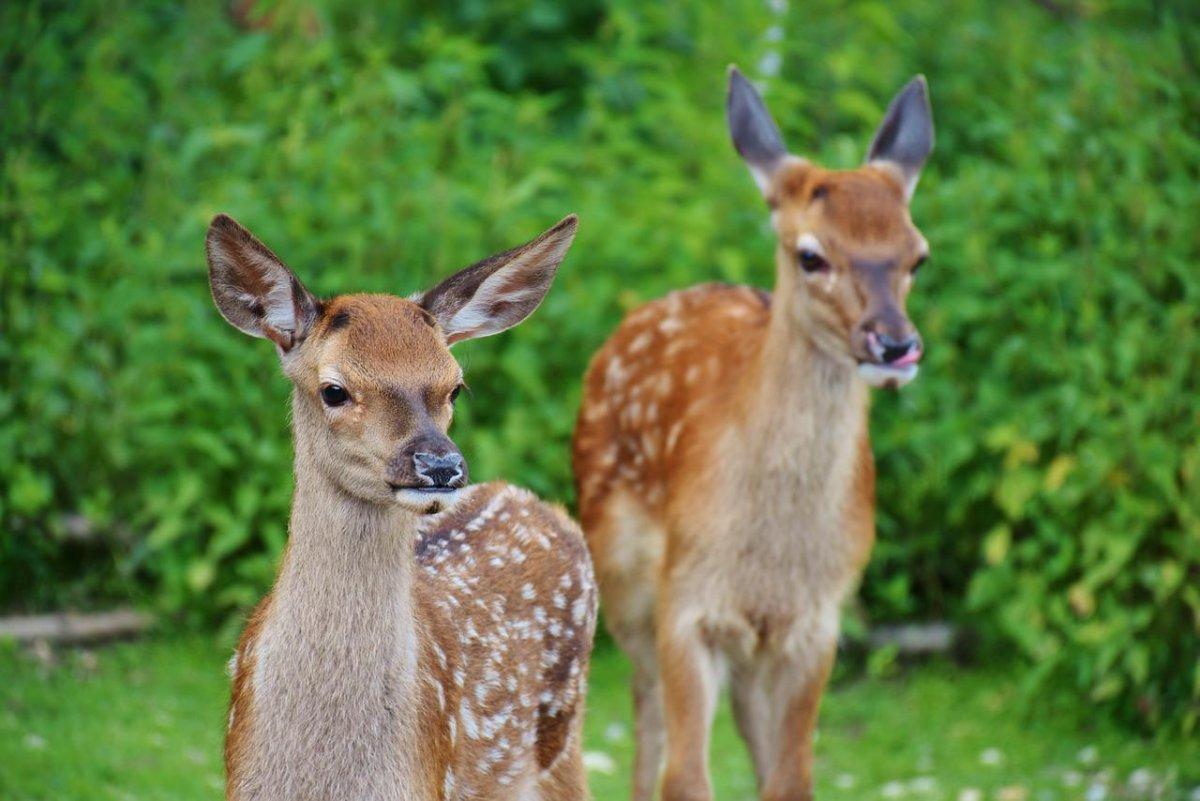
- Name: Red deer
- Scientific name: Cervus elaphus
- Conservation status:
The red deer is one of the largest species of deers in the world, and it is one of two deers in Montenegro. Males are called harts or stags, while females are named hind, and this ruminant mammal has long been hunted for its tasty meat and its antlers, mostly for decorative purposes.
This deer used to be quite rare in Europe, but thanks to conservation and reintroduction efforts, especially in countries such as Portugal and the United Kingdom, it has recovered much of its former range.
5. Balkan chamois
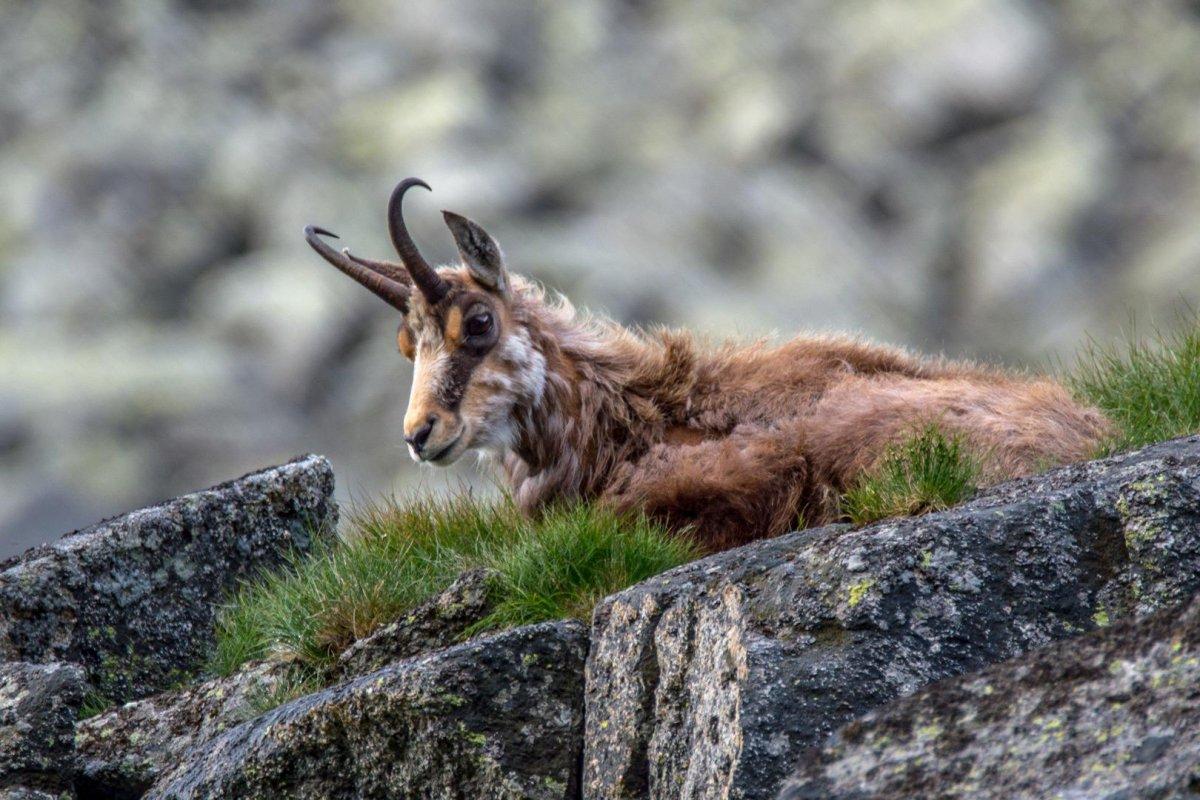
- Name: Balkan chamois
- Scientific name: Rupicapra rupicapra
- Conservation status:
The Balkan chamois is the local subspecies of the chamois, a species of goat-antelope, that can be found in Montenegro. The chamois is native to the mountain ranges of Europe, from the Pyrenees in southwestern France and northern Spain to the Caucasus and the Balkan Mountains.
This subspecies lives in most mountainous areas of Montenegro, where it feeds on a wide variety of vegetation. It is hunted for its meat and leather.
6. European tree frog
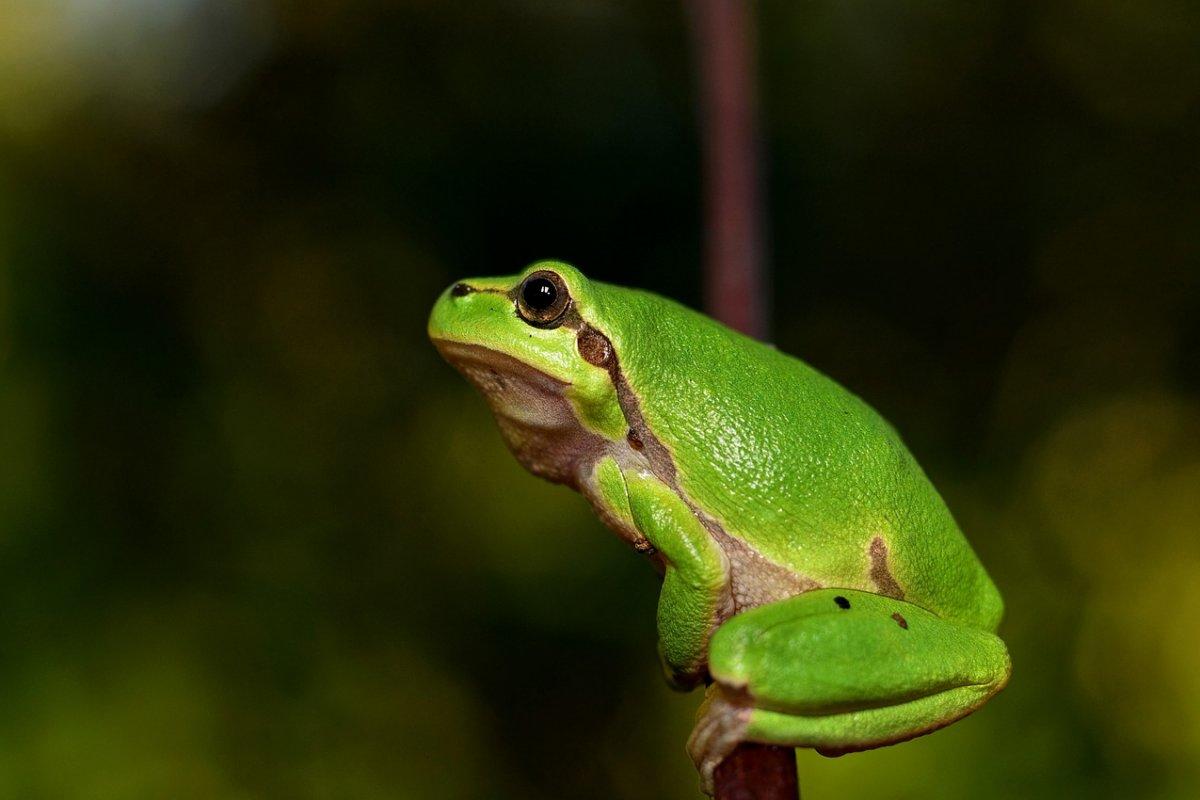
- Name: European tree frog
- Scientific name: Hyla arborea
- Conservation status:
The European tree frog is one of the most common reptiles found in Montenegro. It is a small species of tree frog native to much of Central, West, and East Europe, and it has been introduced to the United Kingdom and reintroduced to Latvia. Its skin color largely varies depending on the subspecies, the humidity, the temperature… and the animal’s mood!
Besides, this frog was used as barometer in the past, being capable of predicting the upcoming rain by croaking.
7. Northern crested newt
- Name: Northern crested newt
- Scientific name: Triturus cristatus
- Conservation status:
The northern crested newt, also known as the warty newt or the great crested newt, is another very common species of reptile in Montenegro. It is native to much of the northern half of Europe, as well as the United Kingdom, except for the northernmost parts of Scandinavia.
While this newt spends most of the year on land, it moves to aquatic habitat in order to breed, usually fish-free ponds.
8. Roe deer
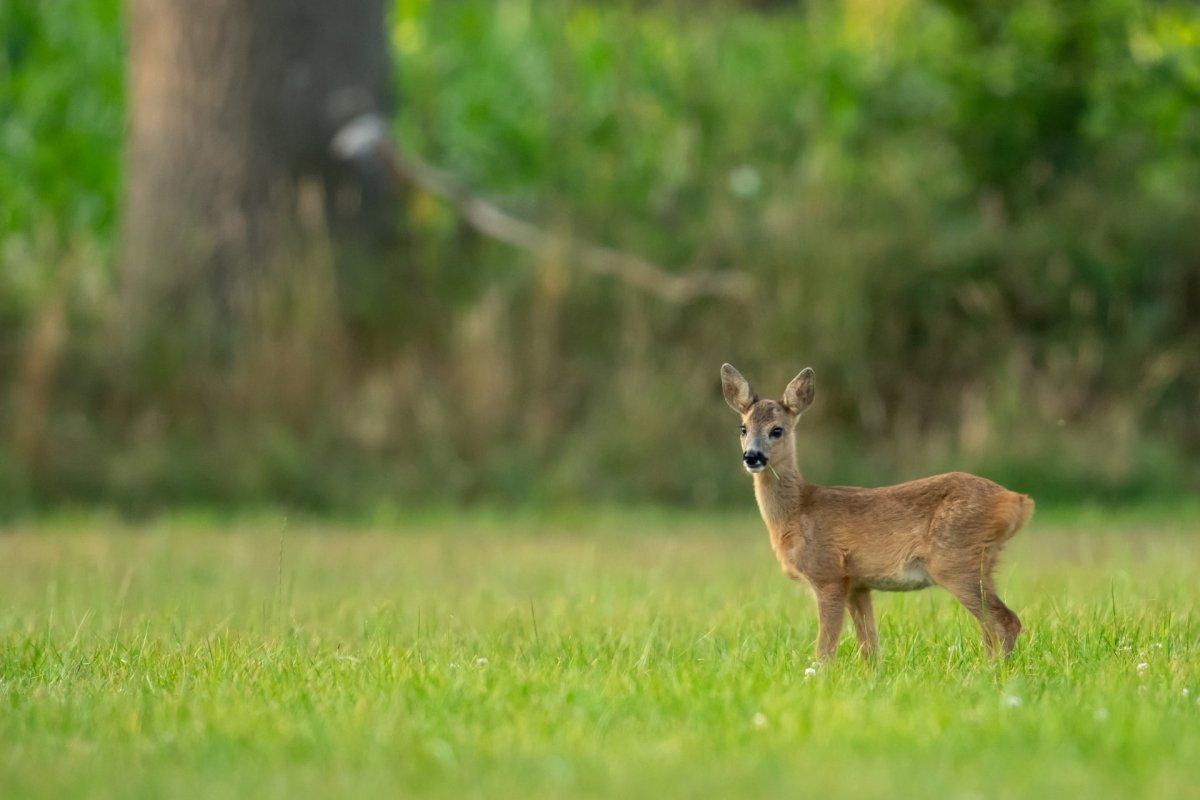
- Name: Roe deer
- Scientific name: Capreolus capreolus
- Conservation status:
The roe deer, also known as the western roe deer, the European roe, or simply the roe, is a species of deer native to much of Europe, except for some insular areas such as Ireland and Sardinia.
It is the other species of deer found in Montenegro, and it lives in a large number of habitats, from dense forests to open agricultural land, where it feeds on grasses, berries, leaves, and young shoots, but particularly loves tender grass.
9. Slow worm
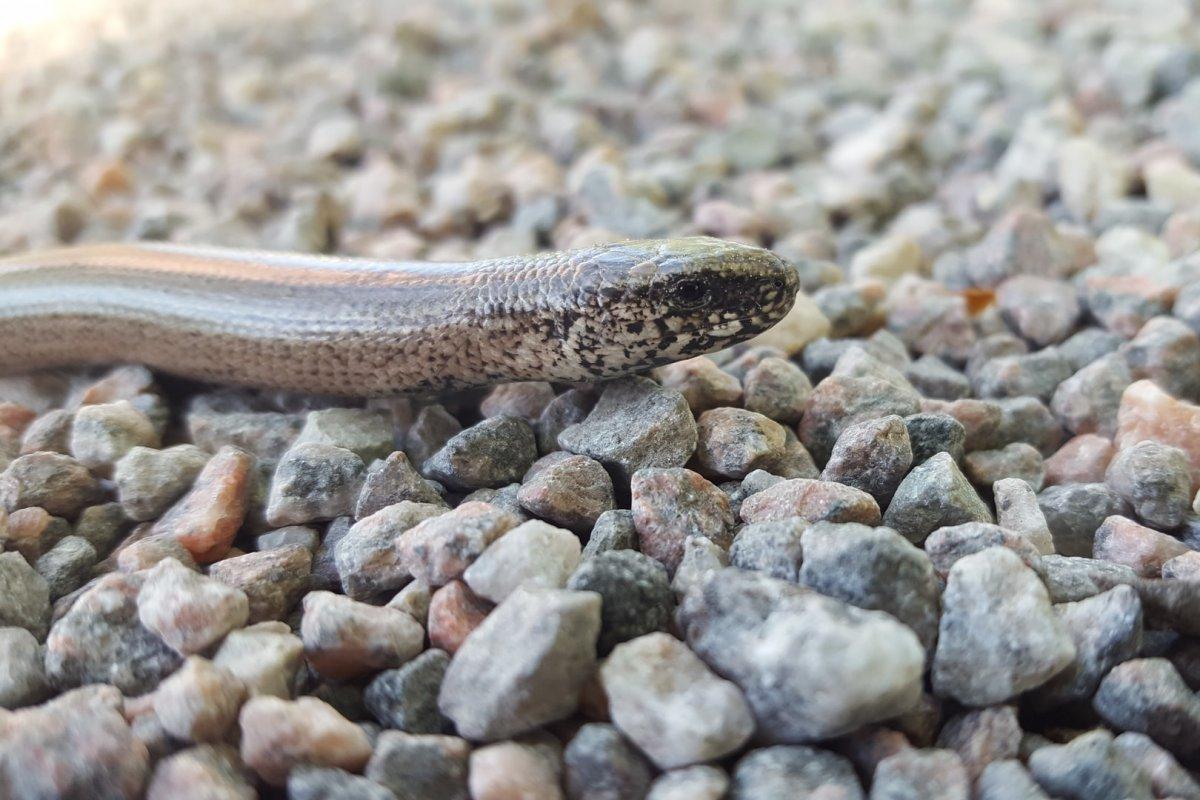
- Name: Slow worm
- Scientific name: Anguis fragilis
- Conservation status:
The slow worm, also known as the blindworm, the deaf adder, or the long-cripple, is actually not a snake, but rather a legless lizard. It gets its “blindworm” name from its very small eyes, but is not blind either; definitely a misunderstood animal!
This lizard is harmless and is native to Montenegro, as well as the rest of western Eurasia. It is a burrowing lizard that spends much of its time hiding beneath objects.
10. Nose-horned viper
- Name: Nose-horned viper
- Scientific name: Vipera ammodytes
- Conservation status:
The nose-horned viper, also known as the sand viper, the long-nosed viper, or the horned viper, is one of the few species of venomous snakes native to Montenegro. It is considered the most dangerous and venomous snake in all of Europe and gets its name from its characteristic, horn-like nasal protuberance.
The venom of this viper can cause swelling, discoloration, pain, dizziness, and tingling, and often require medical assistance.
11. Striped dolphin
- Name: Striped dolphin
- Scientific name: Stenella coeruleoalba
- Conservation status:
We haven’t talked about it yet, but with a coastline of 293.5 km / 182 mi on the Mediterranean Sea, Montenegro also has amazing marine wildlife for you to discover!
The striped dolphin is a well-known species of dolphin native to temperate and tropical waters of all the world’s oceans, as well as some areas such as the Mediterranean Basin. It usually stays in off-shore water and has been extensively hunted by the whaling industry, especially in countries like Japan.
12. Tawny owl
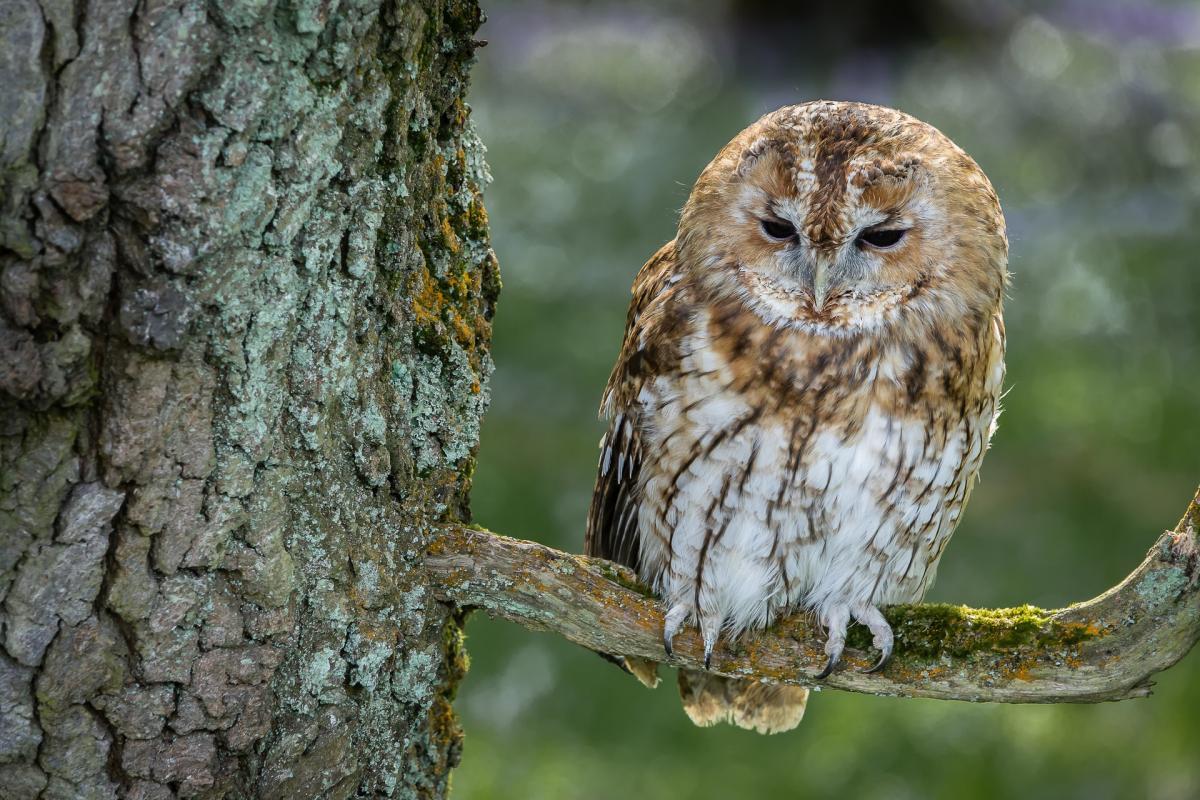
- Name: Tawny owl
- Scientific name: Strix aluco
- Conservation status:
The tawny owl, also known as the brown owl, is a widespread species of owl native to most of Eurasia, as well as North Africa. It is a medium-sized, nocturnal bird of prey with a fantastic vision and sense of hearing which preys on rodents, as well as smaller birds.
Interestingly enough, its ears are asymmetrically placed, which is perfect for precise pinpointing of the location of the target!
13. Aesculapian snake
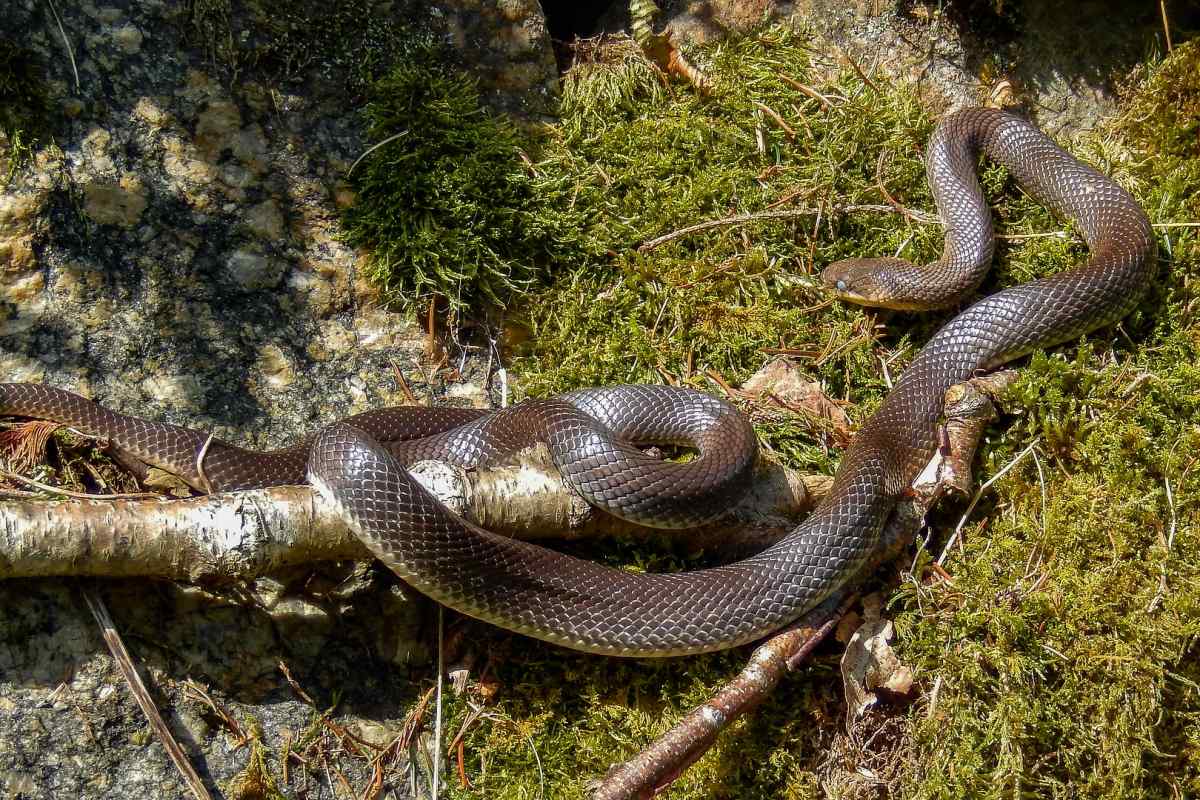
- Name: Aesculapian snake
- Scientific name: Zamenis longissimus
- Conservation status:
The Aesculapian snake is a species of non-venomous snake native to much of Europe. It is one of the longest European snakes, growing up to 2 m / 6.6 ft in length, and has played a particularly important role in ancient Greek and Roman mythology, being present on the Rod of Asclepius, the symbol of medicine still in use to this day.
Despite its large size, this snake poses no threats to humans and usually runs away instead of attacking.
14. Fire salamander
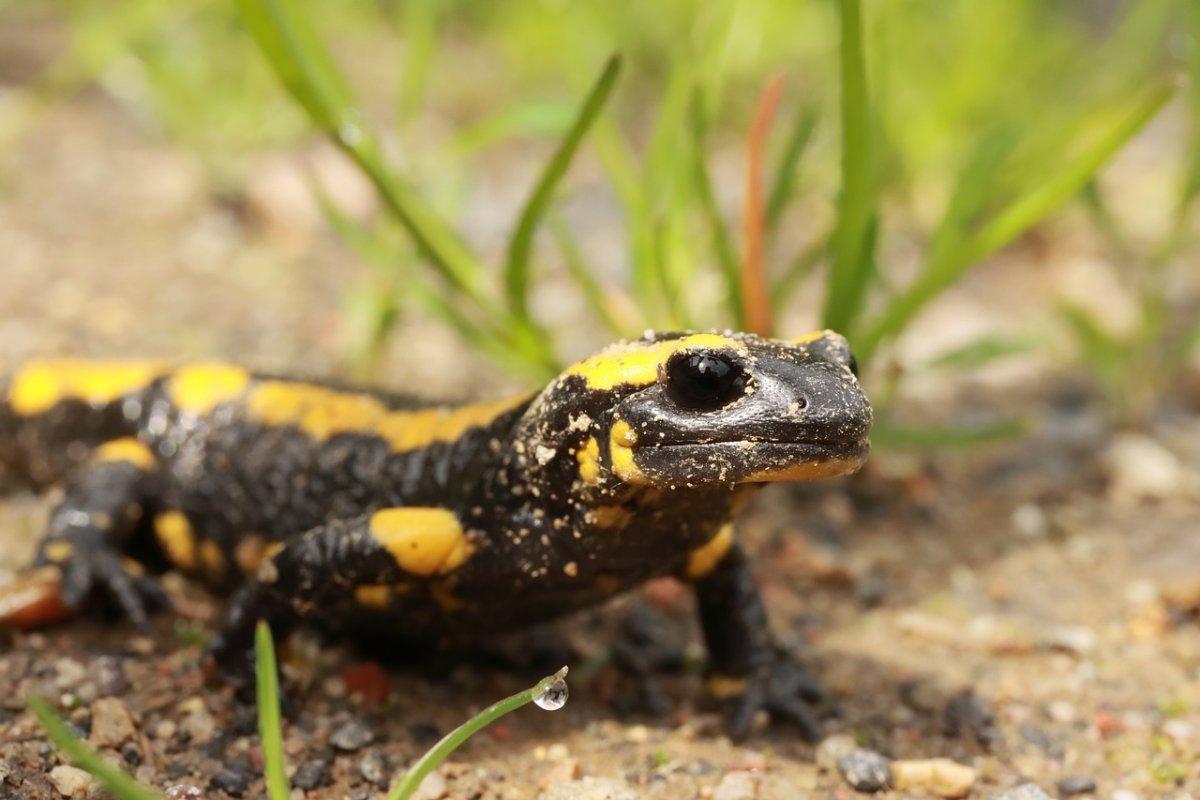
- Name: Fire salamander
- Scientific name: Salamandra salamandra
- Conservation status:
Fire salamander is one of the most common species of salamander in Europe. It is black and yellow, and the proportions of these colors largely vary depending on the individual. The yellow body parts indicate the presence of venom, and if the animal is touched or ingested, it causes hyperventilation and strong muscle convulsions.
This salamander lives at altitudes between 250 m / 820 ft and 1,000 m / 3,300 ft, and one specimen lived for more than 50 years in Germany!
15. Eastern imperial eagle
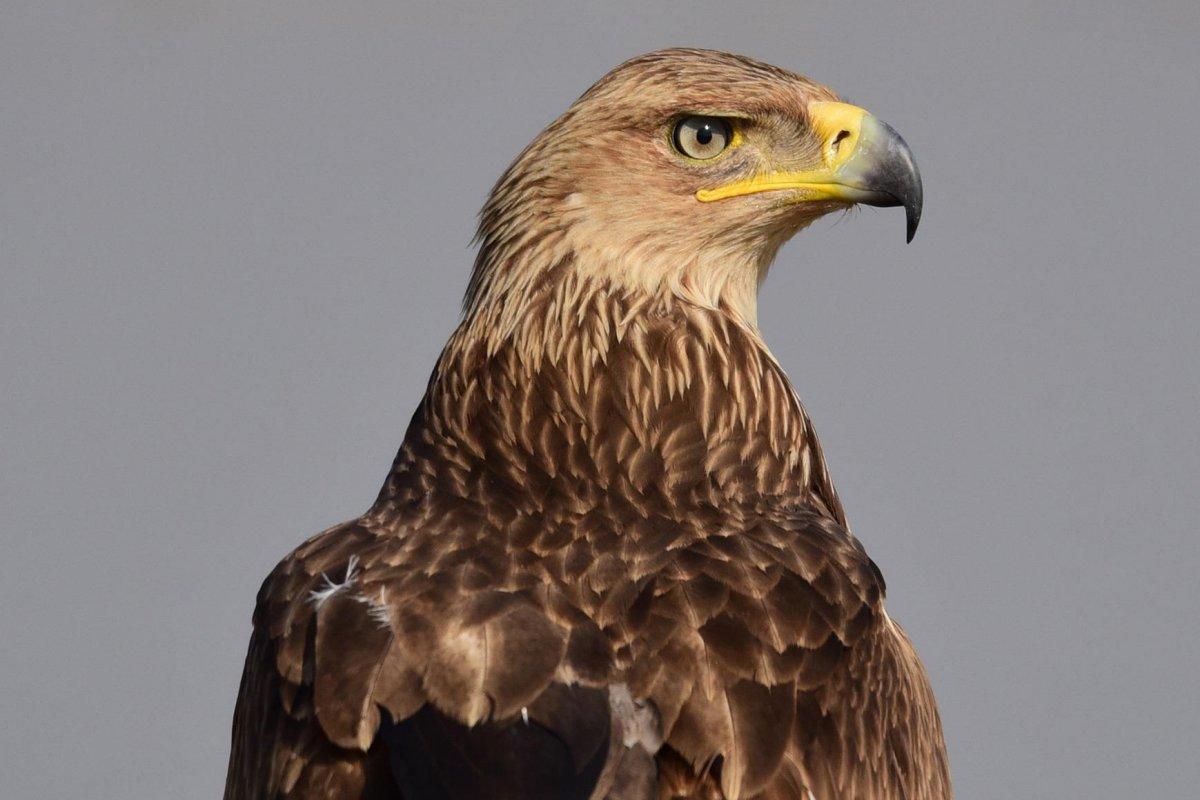
- Name: Eastern imperial eagle
- Scientific name: Aquila heliaca
- Conservation status:
The eastern imperial eagle is a large species of bird of prey native to much of Asia, northeastern Africa, eastern Europe, and the Middle East. It is a migratory bird that spends the winter in warmer areas of the globe but breeds and goes through northern countries such as Montenegro and the rest of southeastern Europe, as well as Russia.
This eagle is particularly opportunistic and mainly feeds on small mammals such as rodents, but also on birds, reptiles and carrion.
16. Central European boar
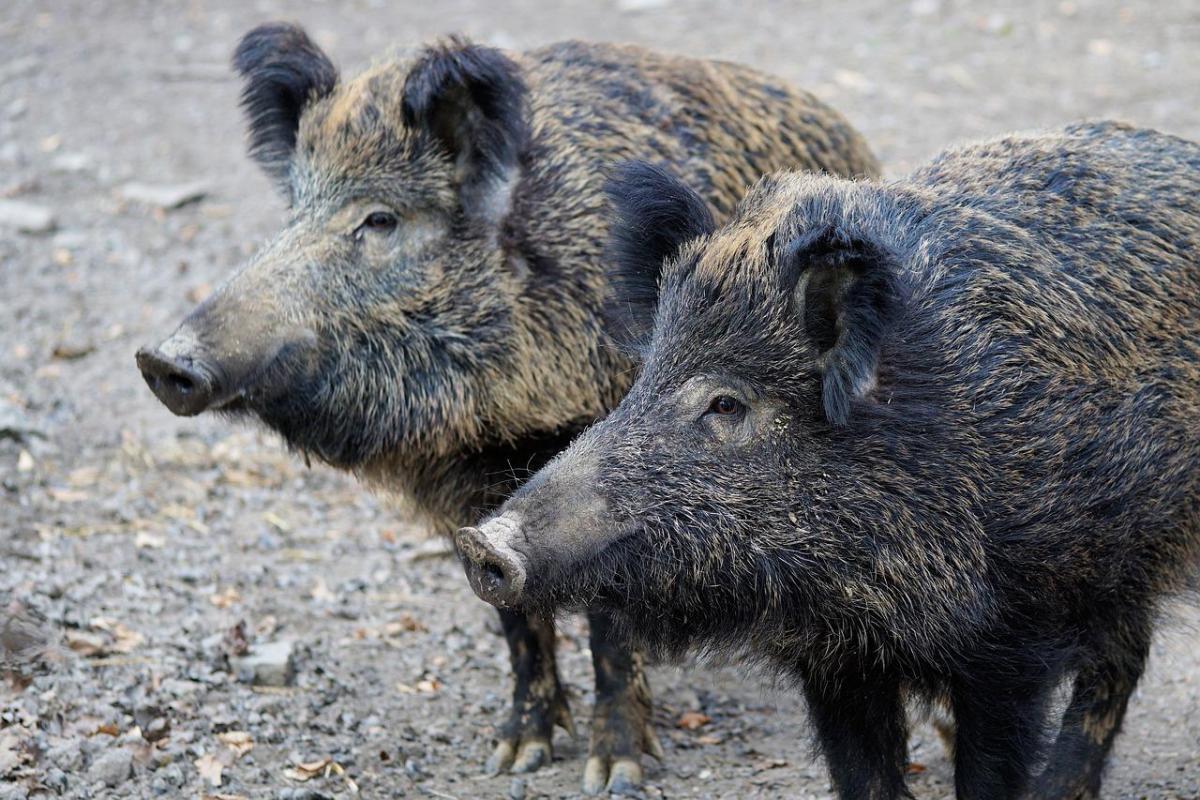
- Name: Central European boar
- Scientific name: Sus scrofa scrofa
- Conservation status:
The Central European boar is a subspecies of wild boar and one of the most widespread and common animals in Europe. Aside from the northernmost parts of Scandinavia and European Russia, it can be found anywhere in the continent and has had a long history with humans, being a prominent figure in Germanic and Anglo-Saxon cultures, and the main target for hunters.
It can be a very aggressive and dangerous animal and is responsible for thousands of road accidents every year.
17. Rough-legged buzzard
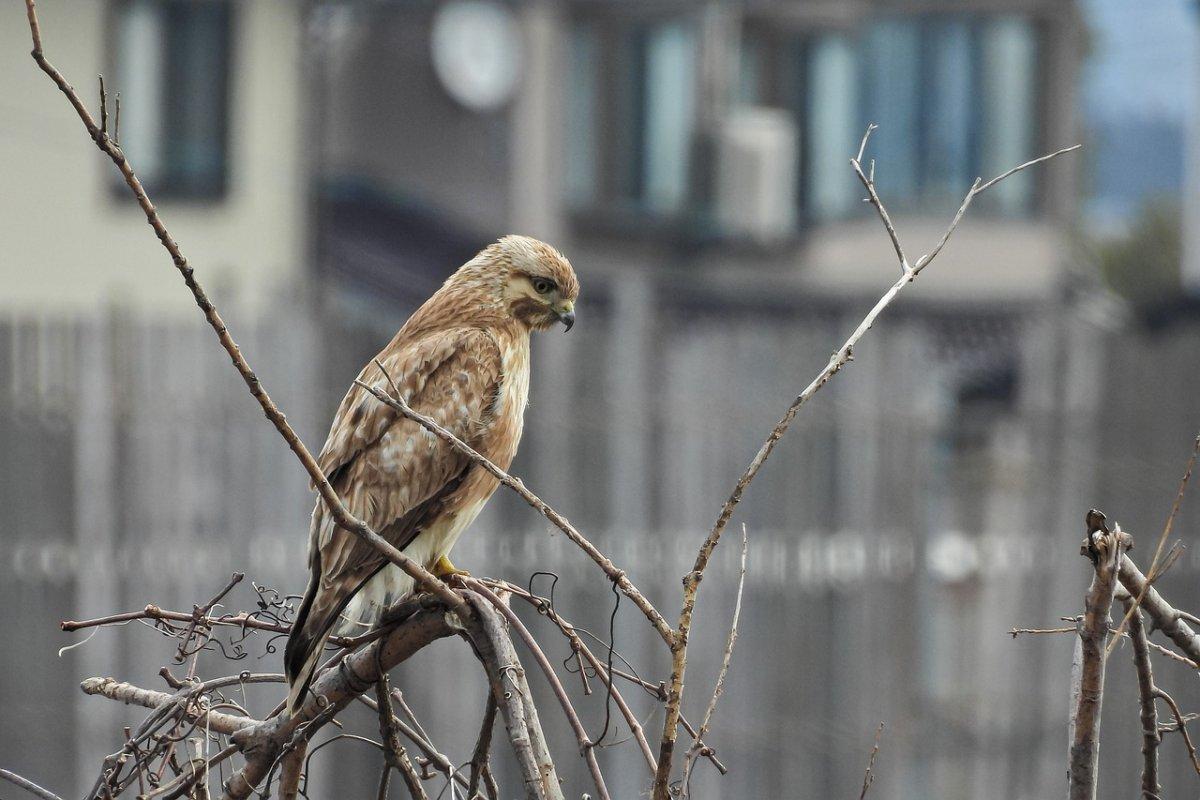
- Name: Rough-legged buzzard
- Scientific name: Buteo lagopus
- Conservation status:
The rough-legged buzzard, also known as the rough-legged hawk, is a medium-sized species of bird of prey native to Europe, America, and Russia. It can be found in arctic and subarctic regions, and while you might wonder what this has to do with Montenegro, it is actually because this raptor is a migratory bird that travels thousands of kilometers, and can be found wintering in Montenegro.
It almost exclusively feeds on small mammals, and finds voles, its preferred target, thanks to ultraviolet vision: this bird can see the voles’ scent marks and locate them precisely!
18. Griffon vulture
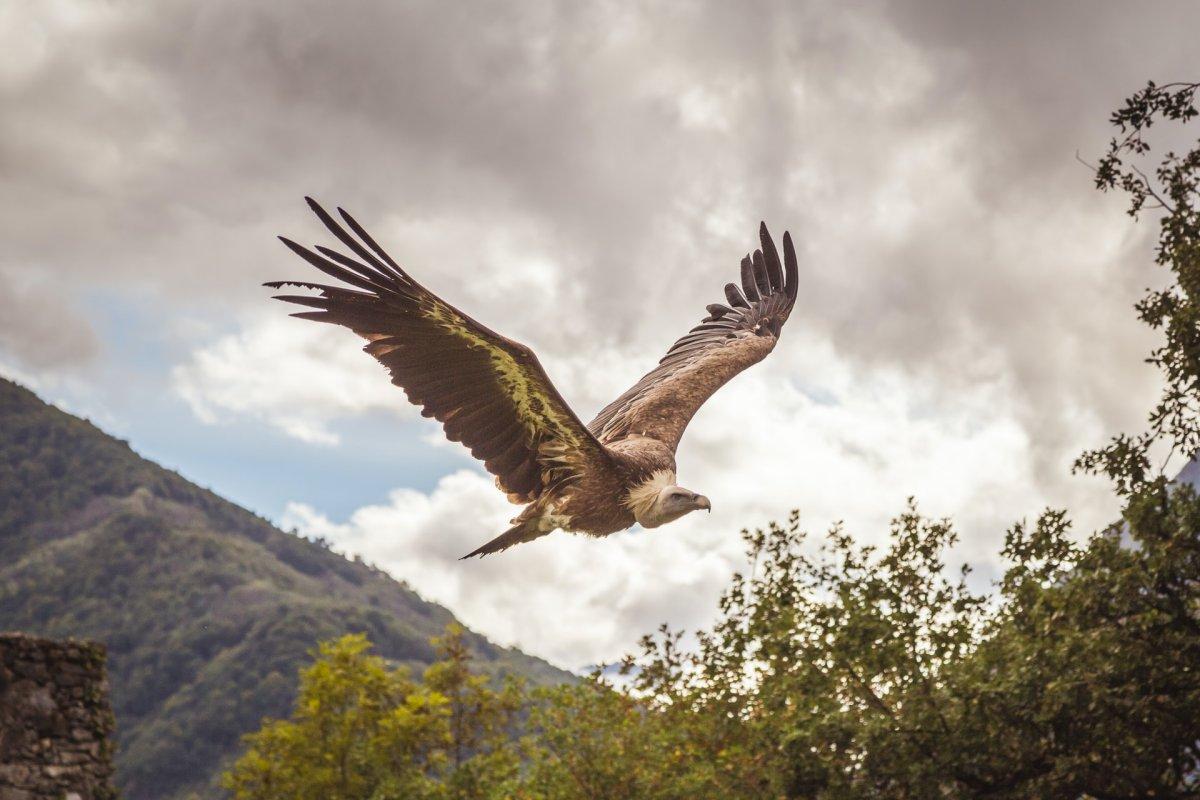
- Name: Griffon vulture
- Scientific name: Gyps fulvus
- Conservation status:
The griffon vulture, also known as the Eurasian griffon, is a large species of Old World vulture native to southeastern and southwestern Europe, northwestern and northeastern Africa, the Middle East, and southwestern Asia.
Similar to other vultures, it is a scavenger, and it finds carcasses of dead animals by soaring over open areas, usually in flocks. It particularly likes the mountains of southern Europe, where it breeds and can live up to 41.4 years in captivity.
19. Mouflon
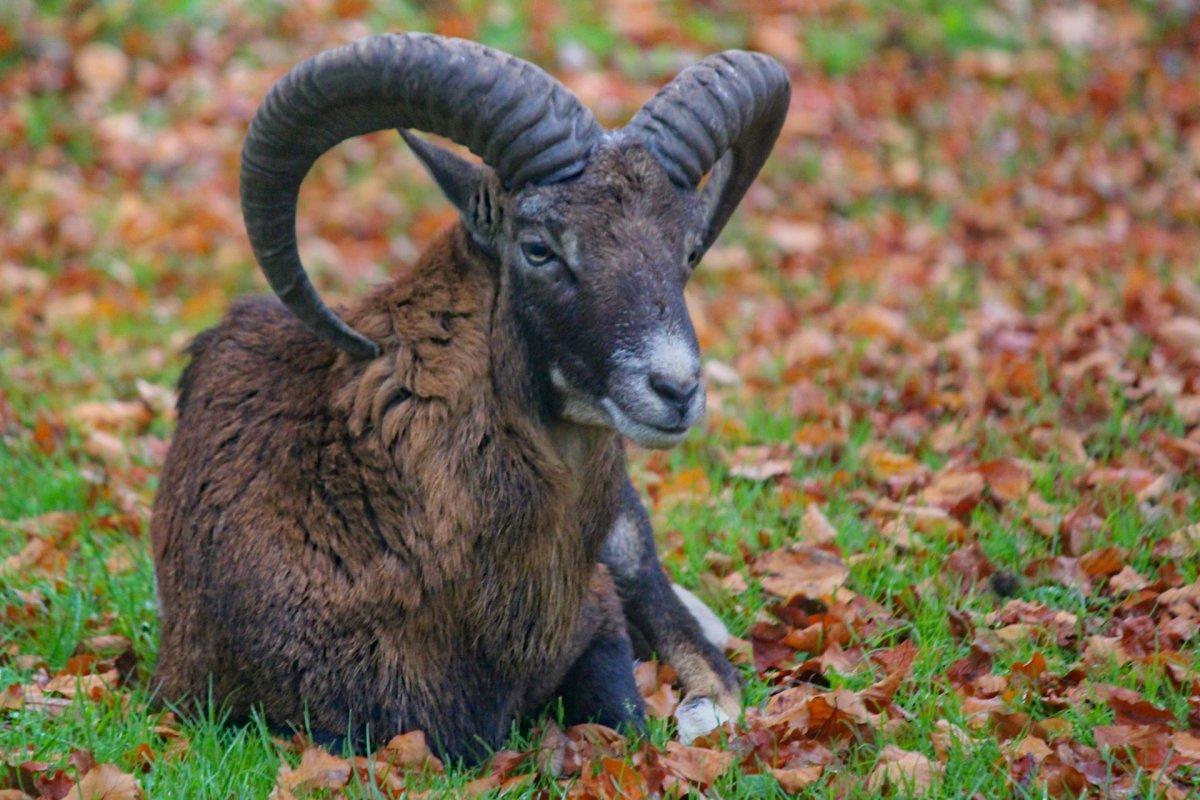
- Name: Mouflon
- Scientific name: Ovis gmelini
- Conservation status:
The mouflon is a species of wild sheep native to the Caspian region, as well as southeastern Europe. It can be found in the wilderness of the mountains of Montenegro and is the ancestor of all domestic sheep breeds.
This sheep has a strict dominance hierarchy, and only dominant rams have access to females during the mating season. How do they decide who’s dominant? Well, they fight against one another with their large horns!
20. Eurasian spoonbill
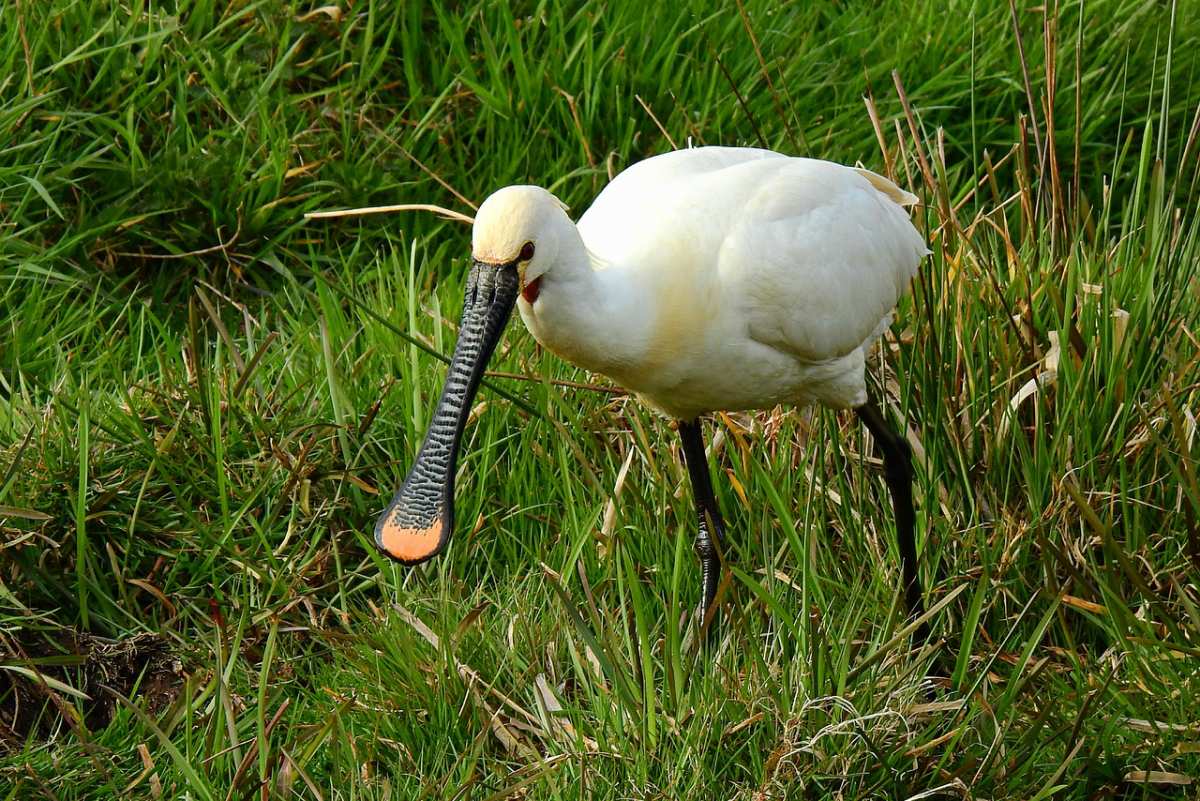
- Name: Eurasian spoonbill
- Scientific name: Platalea leucorodia
- Conservation status:
The Eurasian spoonbill, also known as the common spoonbill, is a large species of wading bird from the ibis family. It is a migratory bird that breeds in temperate regions such as southern Europe and Montenegro, the Netherlands, Austria, and Hungary, and migrates to more tropical habitats in the winter, mainly in Africa.
The diet of the Eurasian spoonbill is made of insects, newts, crustaceans, mollusks, leeches, worms, frogs, and small fish.
21. Great white pelican
IMAGE
- Name: Great white pelican
- Scientific name: Pelecanus onocrotalus
- Conservation status:
The great white pelican, also known as the rosy pelican, the white pelican, or the eastern white pelican, is a large species of pelican breeding from southeastern Europe (particularly in Montenegro and Croatia) and migrating to sub-Saharan Africa, western Asia, and the Indian subcontinent.
This pelican inhabits shallow lakes and swamps and is strictly protected under European law. It mainly feeds on fish, and can fly more than 100 km / 62 mi in search of food!
—
So there you have them, these were my 21 wild animals in Montenegro. I hope you enjoyed this list and that you learned something new today.
In case you want to learn more about animals in the country, feel free to keep reading, as I still have lots of things to tell you about:
Endangered Animals of Montenegro
This is definitely the saddest part of the list, but it is very important to raise awareness. Because of this, let’s go through the list of endangered animals in Montenegro.
Here are the animals in danger of extinction in Montenegro.
- Skadar nase
- Adriatic sturgeon
- Sand tiger shark
- European mink
- Blackchin guitarfish
- European eel
- and 10 more…
- Skadar gurgeon
- Basking shark
- Spinetail devil ray
- Mediterranean monk seal
- Egyptian vulture
- and 14 more…
To see the full list of endangered species in Montenegro, head over to the International Union for Conservation of Nature’s Red List.
What is the National Animal of Montenegro?
The national animal of Montenegro is the lion.
While the eagle and the hawk are both very important in Montenegro, it is the lion that best embodies the spirit of the country. Locals, when they want to compliment someone, say something which roughly translates to “he or she is like a lion”, and the national athletes get the epithet “lion” or “lioness”.
The lion is featured on the flag of Montenegro and symbolizes the Njegoš dynasty that used to rule Montenegro.
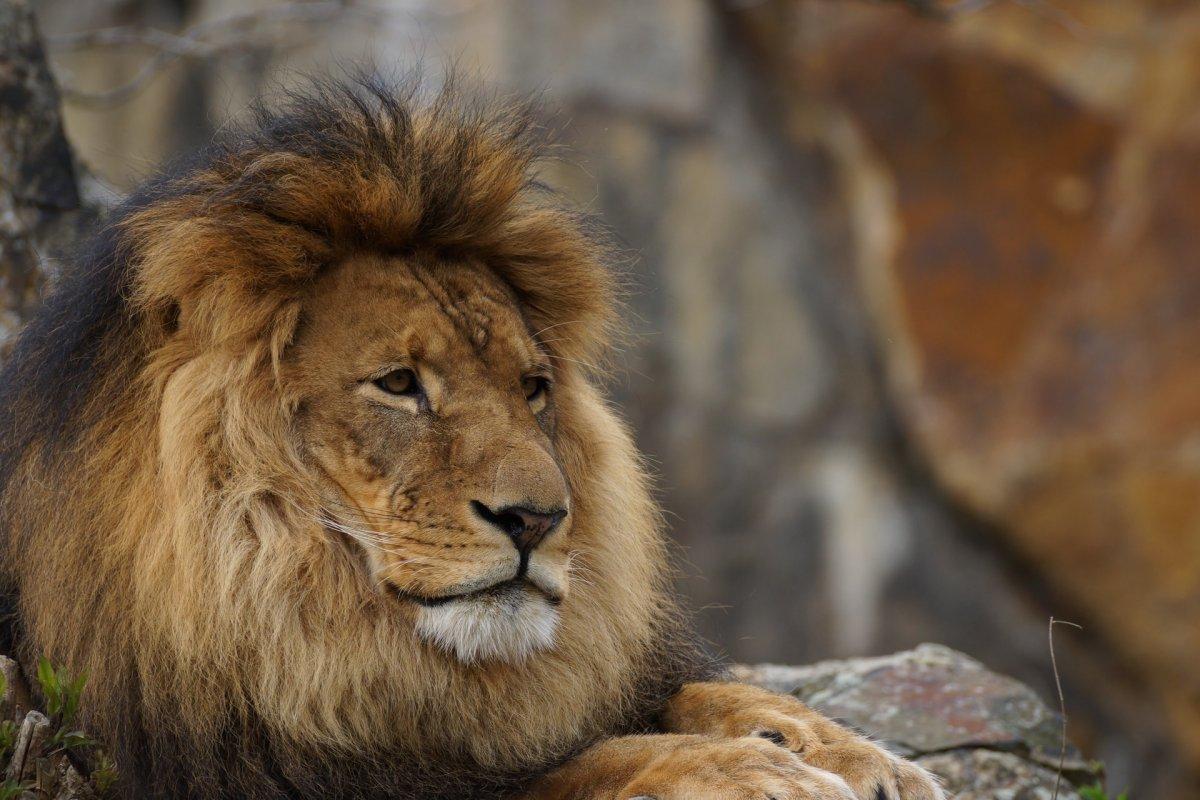
How Many Animals Native to Montenegro?
What is the diversity of native animals in Montenegro?
Let’s look at the total number of species of Chordata (mammals, birds, fishes, and reptiles).
Total number of animal species in Montenegro: 889 (3,149 in total in Europe)
Are there lions in Montenegro?
Officially, there are no lions in Montenegro. Where there used to be some a long time ago, they are now extirpated.
However, the illegal wildlife trade still goes on in the Balkans, and a young cub that escaped from a private residence was found in a coastal village of Montenegro.
Are there poisonous snakes in Montenegro?
There are about 12 species of snakes in Montenegro, of which 5 are venomous: the European cat snake, the meadow viper, the nose-horned viper, the common European adder, and the forest-steppe adder.
Out of these, the most dangerous ones are the viper species, and the common European adder, as its name suggests, is the most common one in Montenegro.
More About Animals in the World!
Loved these Montenegro animal facts? Want to see what animals live in other countries?
Then check out these posts:
Or click here to see ALL the facts up on the blog! Spoiler alert: there’s A LOT of them.
Share the knowledge! Click on the buttons below to share information about these famous animals in Montenegro with your friends, and help them learn more about the world 🙂
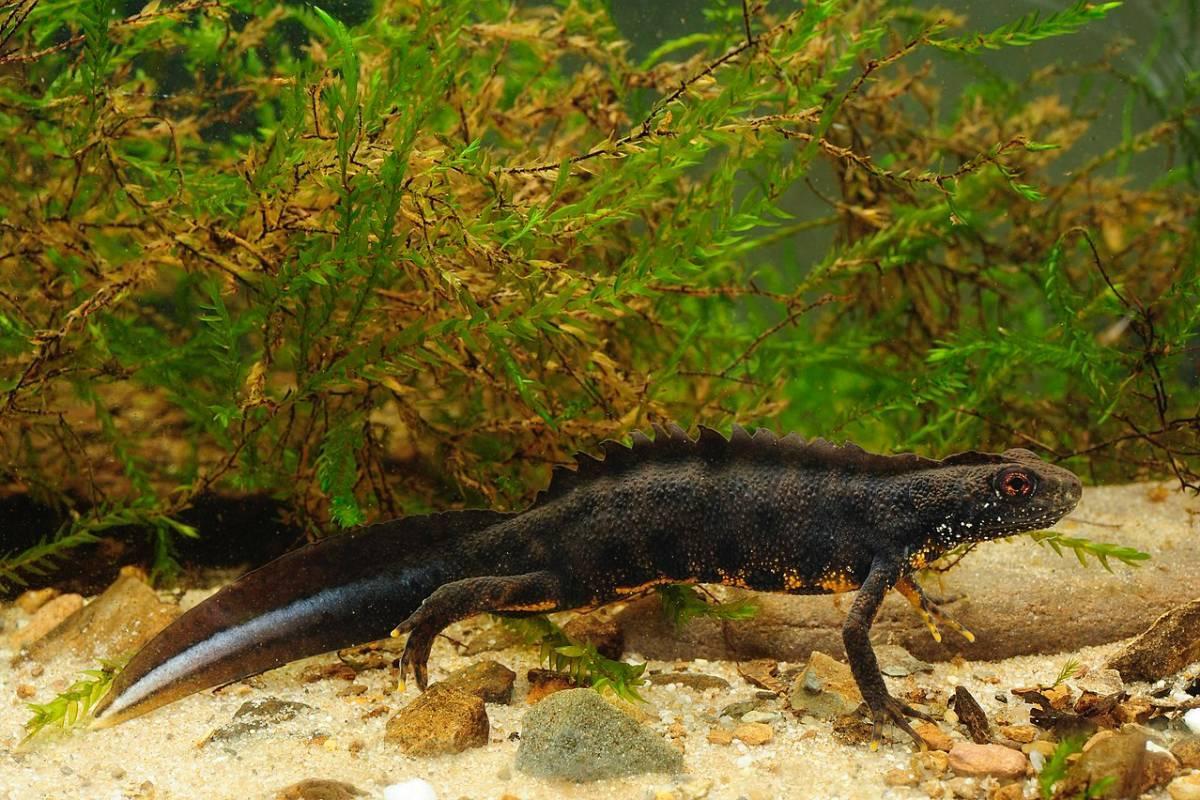
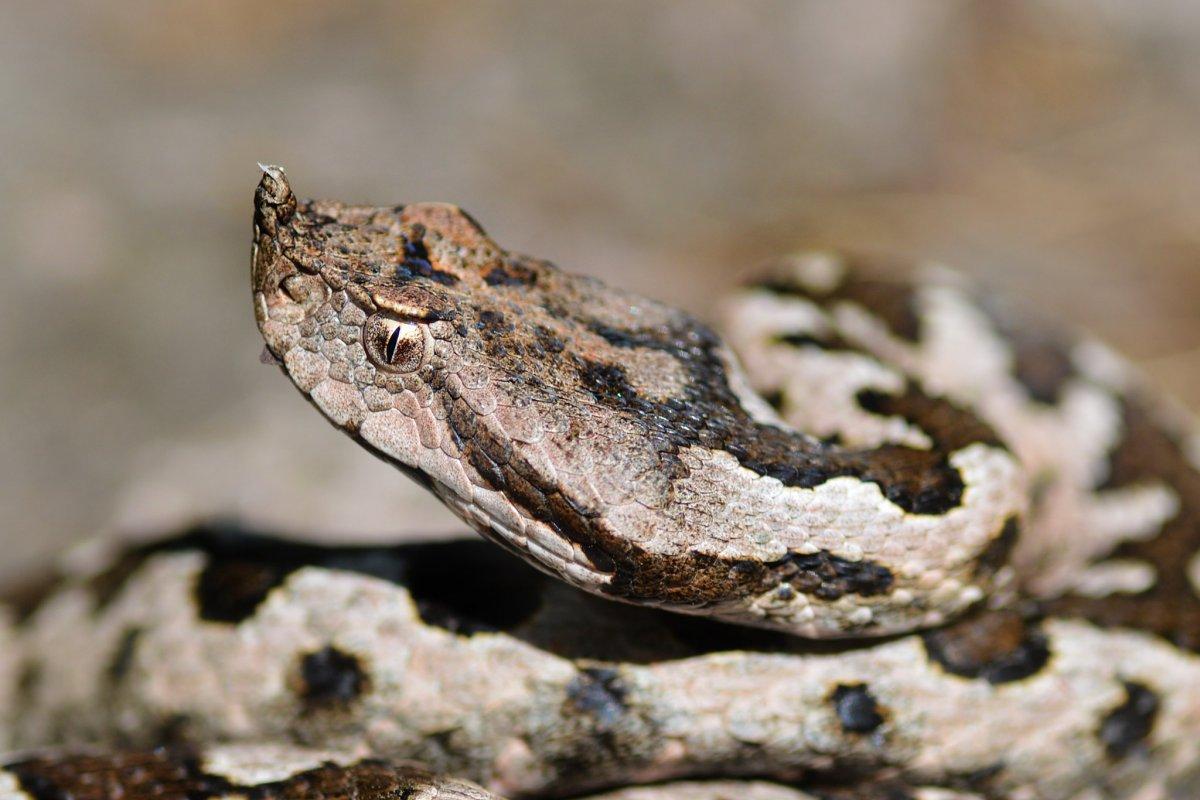
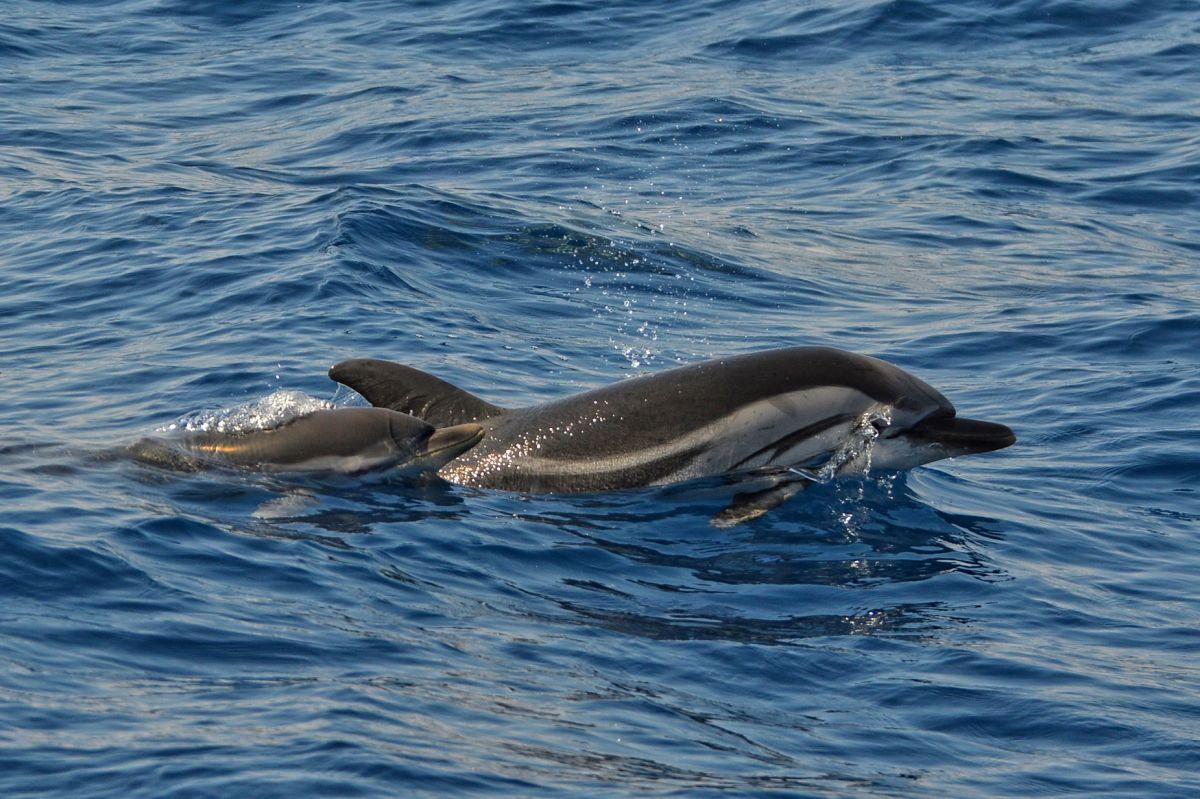

![18 Wild Animals in Czech Republic [Wildlife in Czech Republic]](https://www.kevmrc.com/wp-content/uploads/2022/06/18-wild-animals-in-czech-republic.jpg)
![12 Wild Animals in Lebanon [Wildlife in Lebanon]](https://www.kevmrc.com/wp-content/uploads/2022/06/12-wild-animals-in-lebanon.jpg)
![16 Wild Animals in Haiti [Wildlife in Haiti]](https://www.kevmrc.com/wp-content/uploads/2022/08/16-wild-animals-in-haiti.jpg)